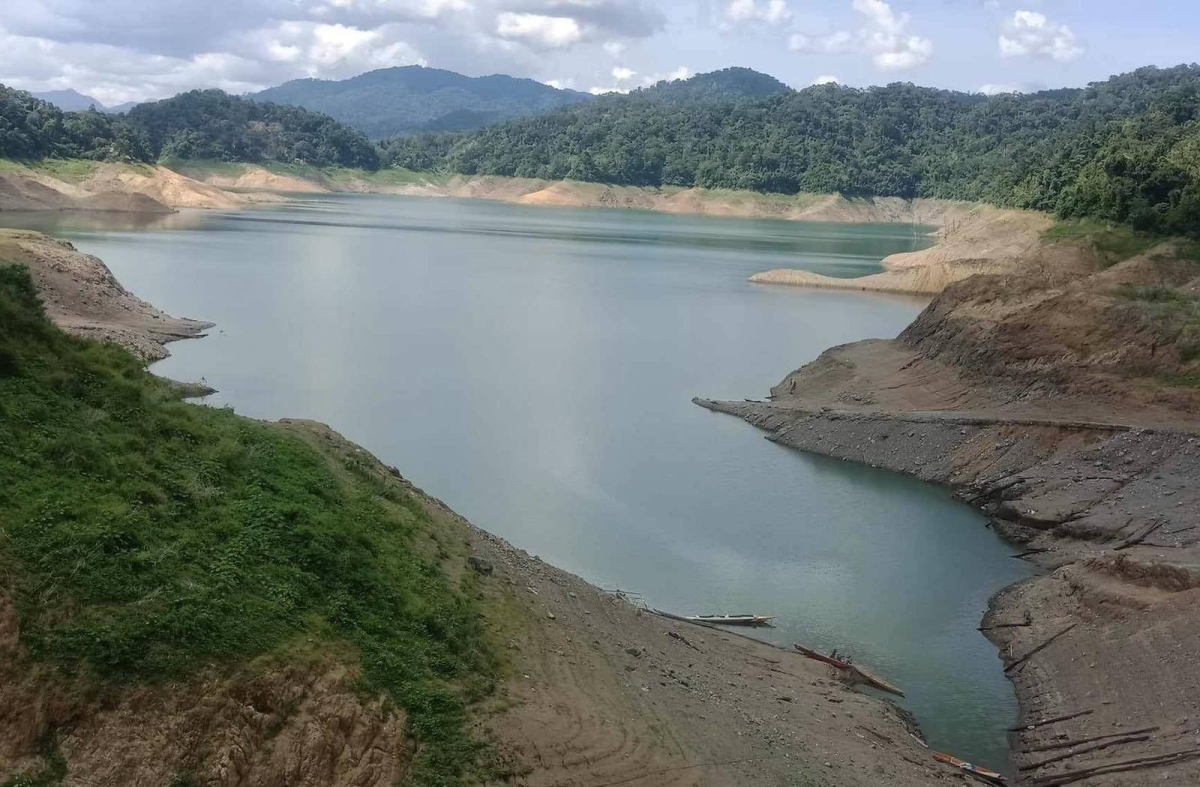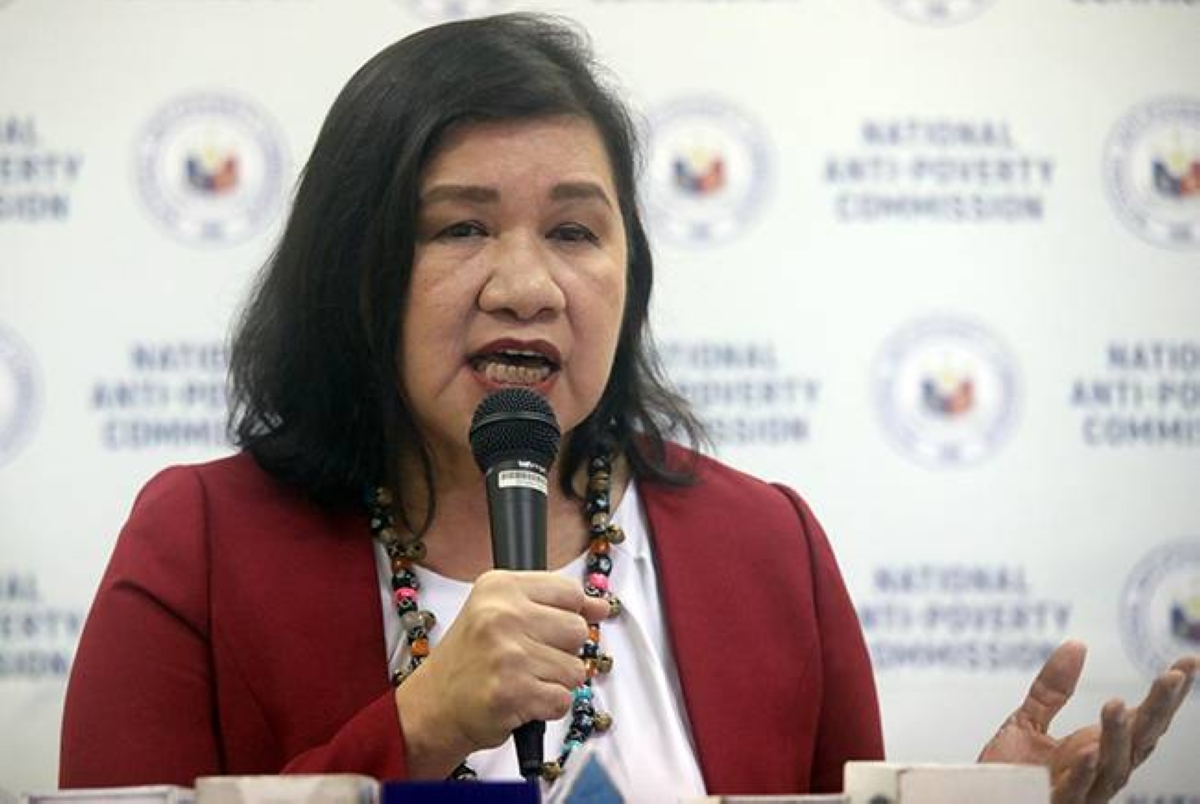(UPDATE) The water level in the nine major dams in Luzon, Philippines continues to decrease as the region experiences weeks of no rainfall, according to the Philippine Atmospheric, Geophysical and Astronomical Services Administration (Pagasa). However, Pagasa Administrator Nathaniel Servando assures that a water shortage and the resulting water rationing are still unlikely at this time due to proper planning by the National Water Resources Board (NWRB).
As of 6 a.m. on Thursday, the reservoir water level (RWL) in Angat Dam in Norzagaray, Bulacan, the main source of potable water for Metro Manila and irrigation for its neighboring provinces, was recorded at 209.76 meters. This is 2.24 meters lower than the normal high water level (NHWL). In Ipo Dam, also in Norzagaray, the water level was 99.74 meters, 1.26 meters lower than normal. In La Mesa Dam in Quezon City, the water level was measured at 77.89 meters, compared to the normal level of 80.15 meters.
The water levels in other Luzon dams are also declining. Ambuklao Dam in Benguet dropped by 1.09 meters, Binga Dam in Benguet by 3.12 meters, San Roque Dam in Pangasinan by 30.96 meters, and Pantabangan Dam in Nueva Ecija by 29.44 meters. Magat Dam in Isabela recorded a water level of 182.29 meters, lower than the normal level of 193 meters, while Caliraya Dam in Laguna decreased from 287.40 meters to 287.24 meters.
Despite the declining water levels, Servando emphasizes that Angat Dam, with a water level of 209.76 meters, is still relatively high and above the rule curve at 201.62 meters. This means that Angat Dam can still supply all its stakeholders with water.
The decrease in dam levels is expected, especially as the El Niño phenomenon coincides with the onset of the dry season. Many provinces in the Philippines are already experiencing dry spell conditions due to the particularly strong El Niño, which is forecasted to last until the second quarter of this year.
In response to the potential water crisis caused by El Niño, President Ferdinand Marcos Jr. has ordered the expedited completion of all water projects across the country. During the inauguration of the Davao City Bulk Water Supply Project in Davao City, President Marcos stressed the urgency of improving water security and the need to anticipate problems before they become crises.
“Anticipating problems instead of letting them catch us by surprise is how we approach these challenges in the Bagong Pilipinas. We prepare for contingencies, solve problems, and defuse potential crises before they occur,” the President said.
While the water levels in Luzon dams continue to drop, the NWRB’s proper planning and the ongoing water projects across the country provide some reassurance that a water shortage and rationing are not imminent. However, it is crucial for the government and local communities to remain vigilant, conserve water resources, and implement sustainable water management practices to mitigate the potential impact of the ongoing El Niño and ensure long-term water security for the region.
Source: The Manila Times





